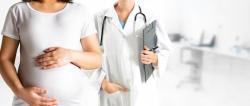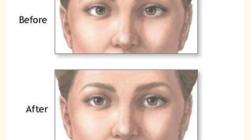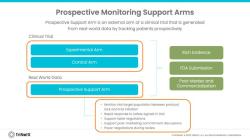What is the Naranjo adverse drug reactions probability scale?
The Naranjo Adverse Drug Reactions Probability Scale, often referred to simply as the Naranjo Scale, is a standardized tool used in pharmacovigilance and clinical research to assess the likelihood or probability that a specific adverse event or reaction is caused by a particular drug or medication. It was developed by Dr. César Naranjo and was first published in 1981. The primary purpose of the Naranjo Scale is to help healthcare professionals, researchers, and regulatory agencies evaluate the potential causal relationship between a drug and an adverse event.
The Naranjo Scale assigns numerical scores to a series of questions and criteria related to the observed adverse event and the medication in question. These criteria include factors such as the temporal relationship between drug administration and the adverse event, the presence of alternative causes, improvement upon drug withdrawal, and the results of rechallenge with the drug, among others.
Based on the total score obtained through the assessment of these criteria, the Naranjo Scale categorizes the likelihood of causality into one of four categories:
Definite: A score of 9 or more indicates that the adverse event is considered "definitely" caused by the drug. This category suggests a strong causal relationship.
Probable: A score of 5 to 8 indicates that the adverse event is "probably" caused by the drug. This category implies a fairly strong likelihood of a causal relationship.
Possible: A score of 1 to 4 suggests that the adverse event is "possibly" related to the drug. There is some evidence, but it is not strong, supporting a causal link.
Doubtful: A score of 0 or less categorizes the adverse event as "doubtfully" related to the drug. In this category, there is little to no evidence supporting a causal relationship.
Healthcare professionals use the Naranjo Scale as part of a comprehensive assessment to determine the likelihood of drug-induced adverse events. It is important to note that while the Naranjo Scale is a valuable tool, it does not provide a definitive diagnosis of causality. Healthcare providers consider clinical judgment, patient history, and other available information in conjunction with the Naranjo assessment to make informed decisions about drug safety and patient care.
The Naranjo Scale has become a widely recognized and accepted tool in the field of pharmacovigilance for evaluating adverse drug reactions and assessing the likelihood of a drug's involvement in such events.













